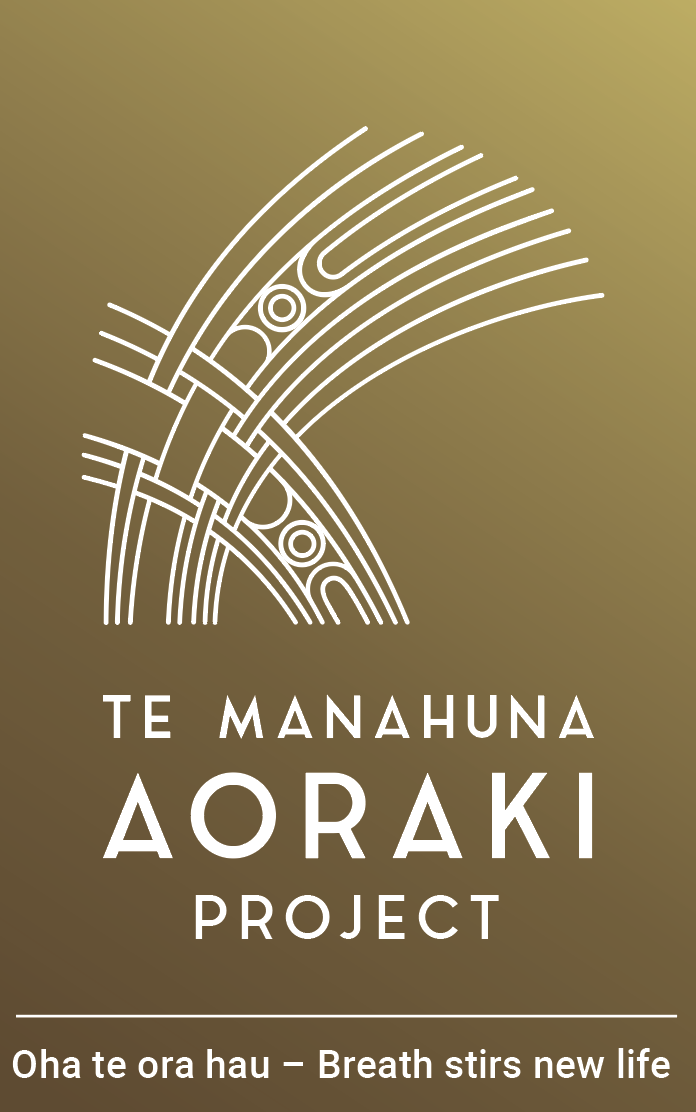By Kerrie Waterworth
The uplands of the Mackenzie Basin in the central South Island contain New Zealand’s highest mountains, braided rivers and expansive dryland tussock.
It is also a stronghold for many endangered endemic plant and wildlife species, such as the rock wren, which have adapted to cope with the challenges of living in alpine environments.
Temperatures range from a high of 30degC in summer to a low of minus 20degC in winter.
It is lashed by strong winds, there is a high snow load and there are limited snow-free periods, which translate to a shortened breeding season for birds and animals and a shortened growing season for plants.
The dryland zone of the central South Island is also home to 10 invasive mammalian species (stoats, weasels, possums, ferrets, hedgehogs, cats, Norway rats, mice, hares and rabbits), three of which — stoats, hares and mice — specialise in living in alpine conditions.
For the past two years Otago University PhD student Nick Foster has led a research project (funded by Te Manahuna Aoraki and Predator Free 2050 Ltd) to find out the distribution and habitat of all these invasive species within the 300,000ha Te Manahuna Aoraki landscape enhancement project area.
On 11,516 camera trap nights from the middle of summer to late autumn in 2019 and 2020, his team captured 1.7million images of predators from 176 motion-triggered camera locations.
“Finding hedgehogs so high in the alpine zone is probably one of the more interesting results, but I think equally as interesting is how the distribution of all these other pest species changed across elevations.


